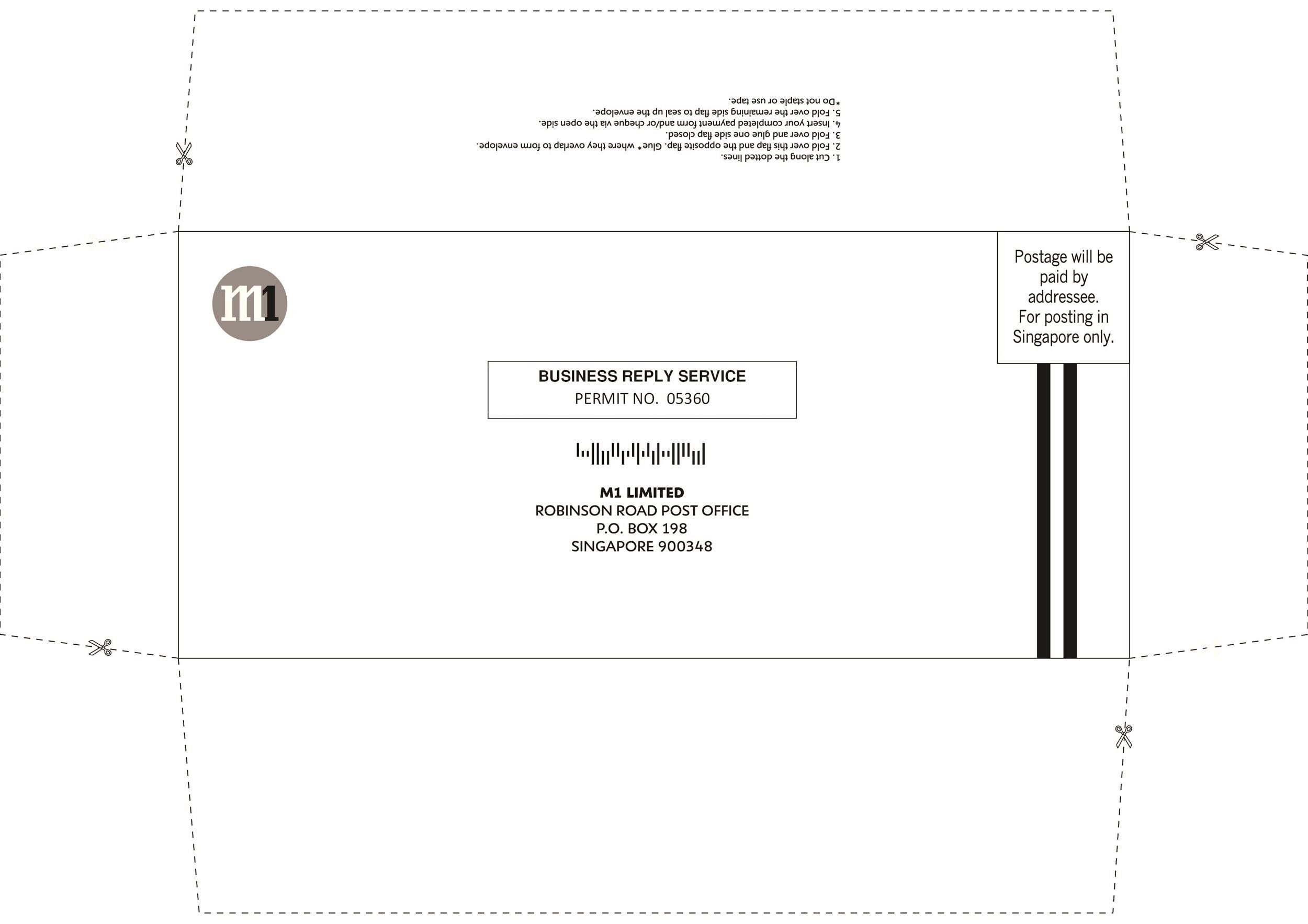
'Always create backup copy' as this will provide another rescue plan in case of a problem. It is also desirable to check the option below it to It is a good plan to leave this option checked. So rather than allow Word to simply make changes that you might not wish to retain, It is always desirable to know when Word needs to make changes to this critically important file, The option to 'Prompt before saving Normal template' is by default unchecked. Word versions are involved, the Envelope Address style may not take account of the spacing. The default Envelope Address style takes account of this, but, for example, where upgrades from earlier Unlike earlier versions, In Word 2007/2016, the Normal style has 10 points of added spacing which in someĬircumstances can give the envelope addresses the appearance of double spacing. The Envelope Address paragraph style, by default, is based on the Normal paragraph style. See Alternative Return Addresses for a means of expanding the use of return addresses on envelopes. The envelope return address position and format - these are fixed by the Envelope Return paragraph style. Note the Envelope Address style incorporates a frame - by default this has fixed height and width, but this can be changed as shown below.ģ. The envelope address position and format - these are fixed by the Envelope Address paragraph style. The envelope size - this is selected from the 'Options' button in the envelope/label tool dialog.Ģ. See also the link at the bottom of this page. You will find add-ins elsewhere on this site that follow this approach -Įnvelope or label add-in. You may also find it simpler not to use the built-in envelope function and createĮnvelopes from a dedicated template.
#How to type an envelope in word how to#
Than to explain how to do it, and the suggested method has the advantage that youĬan see the results of your changes as you go along, so try to stick with it. The process described may appear daunting, but it is infinitely quicker to do it, Same for all recent Word versions and operating systems.
#How to type an envelope in word windows#
The keyword is replaced with the text box, which you can drag to wherever you want it.Changing the envelope layout While most of the illustrations on this page are from Word 2010 and Windows 7, the principles involved are the In order to use the new entry in the future, just type the keyword (the one you set up in step 4) and press F3. That is so that the words used to trigger the insertion of the building block are unique. Note that there are duplicate letters at the beginning of each of these names. Change the name in the dialog box to something like 'rreturn' or 'rreceipt'.

The Create New Building Block dialog box appears. (You'll see small black handles around the perimeter of the text box.) Create the text box as you want it to appear on your envelopes.In the future you can create a new document based on this template, and you'll end up with an envelope you can modify to fit your current needs.Īnother approach is to create the text box the way you want it, and then assign the text box to a building block. (Don't forget your text box under the return address.) Instead of printing the envelope, use Save As to save it as a template. Do this by creating a regular envelope, making sure that everything is just the way you want it.

First, you could simply create a Word template for your envelope. There are a couple of different ways you can do this. He's looking for a quick way to add the text box so that he doesn't have to spend as much time creating it every time he does an envelope. The text box contains the words "return receipt requested" all in caps, bold, and underlined.

Anthony often has a need for an envelope that includes a text box under the return address.


 0 kommentar(er)
0 kommentar(er)
